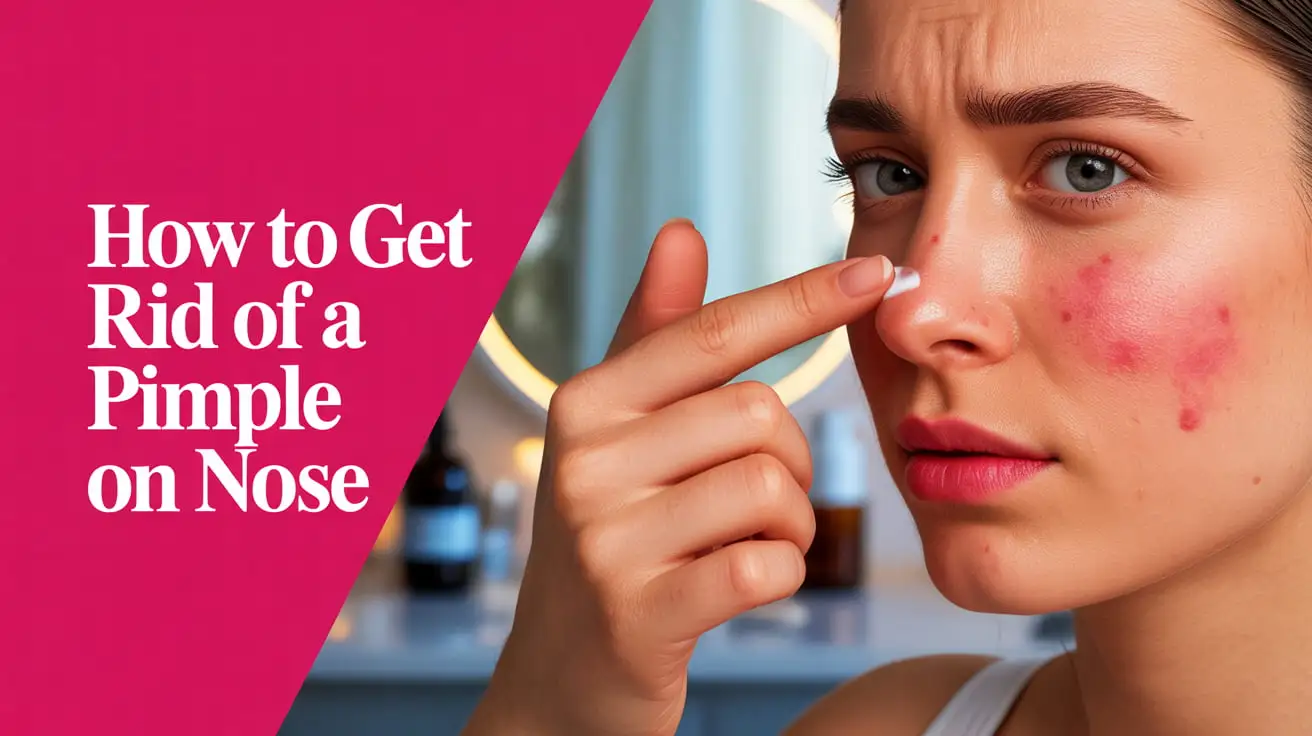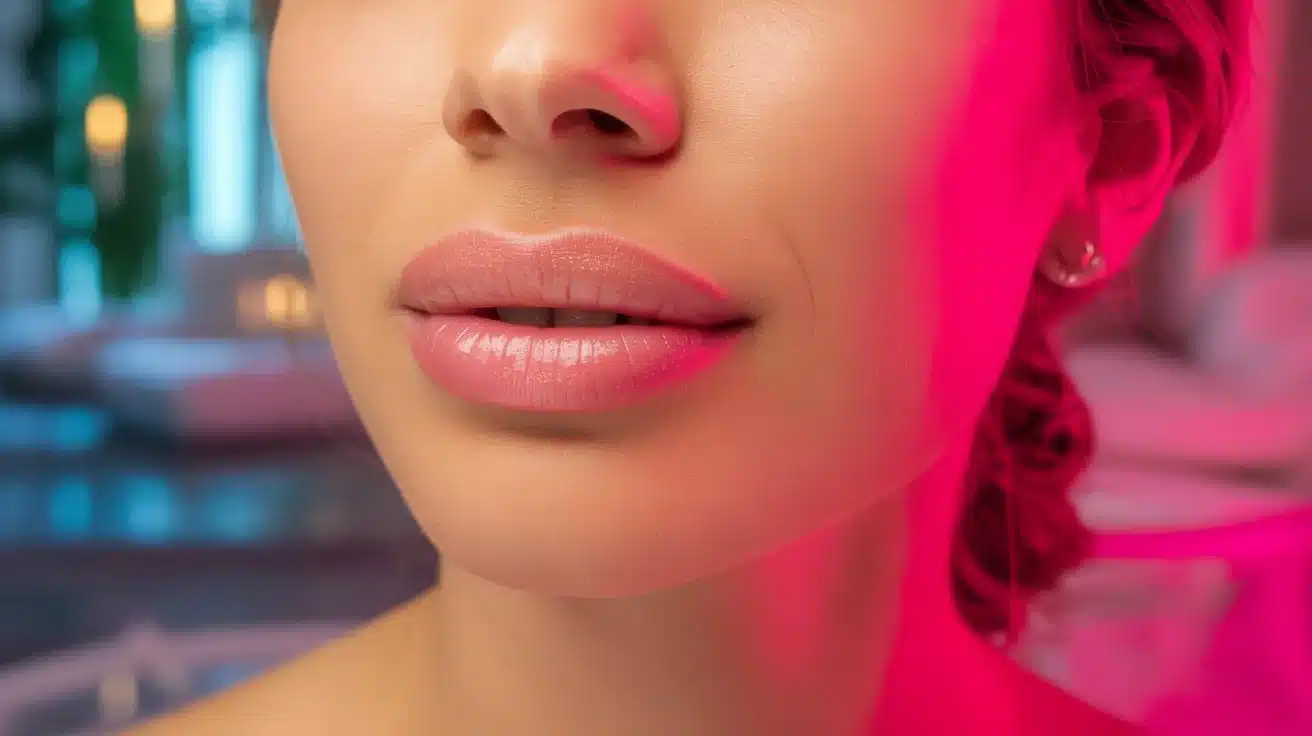Frizzy, unmanageable hair can be frustrating—especially when you’re trying to achieve a smooth, polished look. That’s why hair straightening treatments have become increasingly popular in recent years. Whether it’s for convenience, style, or confidence, more and more people are turning to professional treatments to achieve silky, straight hair that lasts.
Table of Contents
ToggleIn this blog, we’ll explore the most popular types of hair straightening treatments, their key benefits, and the potential long-term effects you should know before making a decision. From keratin treatments to permanent solutions, we’ll break down what each option offers and how to maintain healthy, beautiful results.
What is Hair Straightening Treatment?
Hair straightening treatment is a chemical or thermal process designed to alter the natural structure of your hair, making it appear smoother, straighter, and more manageable. It’s a go-to solution for individuals dealing with frizz, waves, or curls who want a sleeker, polished look with less daily styling effort.
How It Works
Hair is made up of protein bonds (primarily keratin) that determine its shape and texture. Hair straightening treatments work by temporarily or permanently breaking and reshaping these bonds using heat, chemicals, or a combination of both. The result is straight, smooth hair that stays in place for weeks or even months, depending on the method used.
Temporary vs. Permanent Hair Straightening
- Temporary Methods: Include flat ironing or blow-drying with a straightening brush. These methods last until the next wash and don’t alter the hair’s structure.
- Semi-Permanent Treatments: Like keratin treatments or Brazilian blowouts. They last 2–4 months and gradually fade with washing.
- Permanent Treatments: Such as Japanese hair straightening or rebonding, change the internal structure of the hair. These last until the hair grows out and require touch-ups at the roots.
Popular Types of Hair Straightening Treatments
When it comes to achieving sleek, frizz-free hair, there are several hair straightening treatments available—each offering different results, techniques, and levels of maintenance. Here’s a breakdown of the most popular options, along with a comparison table to help you decide which treatment best suits your needs.
Keratin Treatment (Brazilian Blowout)
This semi-permanent treatment infuses the hair with keratin protein, smoothing out frizz and adding shine. It doesn’t completely straighten curly hair but makes it more manageable and reduces styling time. It’s ideal for those who want smoother, healthier-looking hair without committing to pin-straight results.
- Best for: Frizzy or wavy hair
- Results last: 2–4 months
- Hair health impact: Adds shine, reduces damage
Japanese Hair Straightening
Also known as thermal reconditioning, this treatment chemically alters the hair’s internal structure to make it permanently straight. It involves applying a solution, flat ironing the hair, and neutralizing it to lock in the shape.
- Best for: Thick, coarse, or extremely curly hair
- Results last: 6–12 months (requires root touch-ups)
- Hair health impact: Can cause dryness; best done professionally
Hair Rebonding
This chemical process breaks down the natural bonds of the hair and realigns them to create a pin-straight look. It’s a popular option in Asia and provides long-lasting straightness with a glossy finish.
- Best for: Curly to very wavy hair
- Results last: 6–12 months
- Hair health impact: May weaken hair over time; requires deep conditioning care
Chemical Relaxers
Primarily used for Afro-textured hair, relaxers break the hair’s protein bonds to loosen or eliminate curls. They come in lye and no-lye formulas and offer permanent results until new hair grows in.
- Best for: Tightly coiled, natural curls
- Results last: Permanent (with regular root touch-ups)
- Hair health impact: Can be harsh; needs careful maintenance
Thermal Reconditioning
Often confused with Japanese straightening, thermal reconditioning uses both chemicals and heat to straighten the hair. It offers smoother results and is less harsh than older rebonding methods.
- Best for: Wavy to curly hair types
- Results last: 6–9 months
- Hair health impact: Moderate damage; requires aftercare products
Comparison Table: Hair Straightening Treatments
| Treatment | Effectiveness | Cost Range | Longevity |
| Keratin Treatment | Moderate to High | $150 – $400 | 2–4 months |
| Japanese Straightening | Very High | $300 – $800 | 6–12 months |
| Hair Rebonding | High | $150 – $500 | 6–12 months |
| Chemical Relaxers | Moderate to High | $50 – $150 | Permanent |
| Thermal Reconditioning | High | $250 – $600 | 6–9 months |
Benefits of Hair Straightening Treatments
Hair straightening treatments have gained widespread popularity for a reason—they offer both aesthetic and practical benefits that can completely transform your hair care routine. Whether you’re dealing with frizz, spending too much time styling, or simply craving a sleek, polished look, these treatments can be a game-changer. Here’s a closer look at the key advantages of opting for hair straightening:
Smoother Texture and Frizz Control
One of the biggest benefits of hair straightening treatments is the ability to tame unruly, frizzy hair. These treatments help seal the hair cuticle, reducing the effects of humidity and environmental stress. The result? A much smoother, softer texture that stays in place throughout the day without needing constant touch-ups.
Time-Saving for Daily Styling
Straightened hair requires significantly less time to style. With a professional hair straightening treatment, you can say goodbye to daily flat ironing or blow-drying. Your hair will already be sleek and manageable, allowing you to get ready faster and with less effort, especially on busy mornings.
Adds Shine and Polish to Hair
Many straightening treatments, especially those infused with keratin or protein, enhance the overall appearance of your hair by adding a reflective shine. This makes the hair look healthier, glossier, and more professionally styled—even when left down or air-dried.
Boosts Confidence and Manageability
When your hair looks good, you feel good. Smooth, straight hair often feels easier to manage, detangle, and style. It can help boost your self-esteem and give you more confidence in both casual and professional settings.
Potential Side Effects & Risks of Hair Straightening
While hair straightening treatments can offer sleek, manageable, and frizz-free results, it’s important to be aware of the possible side effects and risks before committing. Understanding the downsides will help you make a more informed decision and take the right precautions to protect your hair’s health.
Hair Damage and Breakage
Most hair straightening methods involve the use of strong chemicals or high heat—both of which can weaken the hair shaft over time. Excessive or repeated treatments may lead to dryness, split ends, and even breakage. The natural elasticity and strength of your hair can decrease if not properly cared for after treatment.
Chemical Exposure Concerns
Some hair straightening treatments, especially older or low-quality formulas, may contain harsh chemicals like formaldehyde or other irritants. These can cause allergic reactions, scalp sensitivity, or even respiratory discomfort in poorly ventilated spaces. It’s essential to choose treatments that are certified formaldehyde-free or have minimal chemical risks.
Maintenance Challenges
Straightened hair typically requires special care to maintain results and avoid further damage. You’ll likely need sulfate-free shampoos, deep-conditioning treatments, and frequent trims. Additionally, regrowth at the roots can require touch-ups, which adds to the overall maintenance time and cost.
Aftercare & Maintenance Tips for Hair Straightening
To make the most of your hair straightening treatment and keep your strands healthy and smooth, proper aftercare is essential. Straightened hair requires specific products and gentle handling to preserve the results, prevent damage, and maintain that sleek, frizz-free finish. Here are the top aftercare and maintenance tips you should follow:
Use Sulfate-Free Shampoos and Conditioners
After any hair straightening treatment, especially keratin or chemical-based ones, it’s crucial to switch to sulfate-free shampoos and conditioners. Sulfates can strip the hair of moisture and prematurely fade the effects of the treatment. Look for products labeled “sulfate-free” and enriched with proteins or natural oils to nourish and protect the hair.
How to Extend the Results
To prolong your straightened look:
- Avoid washing your hair for at least 48–72 hours after treatment (depending on the method used).
- Minimize exposure to water, sweat, and humidity.
- Sleep on a silk or satin pillowcase to reduce friction and maintain smoothness.
- Avoid tying your hair tightly or using hair clips for the first few days post-treatment.
Heat Styling Guidelines
While your hair may already be straight, occasional styling might still be needed. If you use heat tools like flat irons or curling wands:
- Always apply a heat protectant spray beforehand.
- Keep temperatures low to moderate (around 300°F or 150°C).
- Limit usage to prevent additional heat damage.
Hair Masks and Deep Conditioning Routines
Hydration is key to maintaining the health of straightened hair. Use a deep conditioning mask or treatment once a week to restore moisture and elasticity. Ingredients like keratin, argan oil, shea butter, and coconut oil are especially beneficial for chemically treated hair.
Straightening at Home vs Salon: What’s Best?
Choosing between DIY kits and professional salon treatments can be tricky when it comes to hair straightening. While at-home methods may seem convenient and budget-friendly, professional services often offer better results, safety, and longevity. Let’s explore the pros and cons of each option to help you decide what’s best for your hair goals and lifestyle.
Pros and Cons of DIY Hair Straightening Kits
Pros:
- Cost-effective: Home kits are usually much cheaper than salon treatments.
- Convenient: You can do it at your own pace and comfort without booking an appointment.
- Easily available: Many brands offer keratin and chemical straightening kits for home use.
Cons:
- Risk of damage: Without proper knowledge, you might overprocess or unevenly apply the product, leading to breakage or uneven results.
- Shorter-lasting effects: DIY results typically don’t last as long as professional treatments.
- Limited product quality: Home kits may not be as effective or safe as salon-grade formulas.
Professional Expertise and Safety
Salon straightening offers many advantages:
- Trained professionals assess your hair type and condition to apply the right treatment.
- Consistent results with expert techniques that ensure full coverage and reduced risk of overprocessing.
- Safer application as professionals know how to manage strong chemicals and use proper protective measures.
- Post-treatment guidance: Salons often provide detailed aftercare recommendations to maintain your straightened hair longer.
However, it can be:
- Time-consuming (appointments and follow-up visits)
- More expensive than home kits
Cost Differences
| Method | Approximate Cost | Longevity |
| DIY Kit | $20 – $80 | 2–6 weeks |
| Salon Treatment | $150 – $600+ | 3–12 months |
While DIY kits are budget-friendly, professional hair straightening treatments tend to provide better and longer-lasting results, making them worth the investment for many people.
Who Should Avoid Hair Straightening Treatments?
While hair straightening treatments can deliver smooth, shiny, and manageable results, they’re not suitable for everyone. Certain individuals may face health risks or hair damage due to the chemicals and heat involved. Here are the key groups of people who should avoid or approach hair straightening with extra caution:
Pregnant Women
Pregnant women are generally advised to avoid chemical-based hair straightening treatments, especially those containing formaldehyde or similar substances. Inhalation of strong fumes or skin absorption of harsh chemicals could potentially affect maternal health or fetal development. Always consult with a doctor before undergoing any chemical treatment during pregnancy.
Children
Children’s scalps and hair strands are much more delicate than adults’. Exposing them to high heat and strong chemical formulations can lead to scalp irritation, hair thinning, or permanent damage. It’s best to wait until the child is older and their hair is fully developed before considering any hair straightening treatments.
How long does hair straightening last?
It depends on the method—keratin lasts 2–4 months, while Japanese or rebonding can last 6–12 months.
It depends on the method—keratin lasts 2–4 months, while Japanese or rebonding can last 6–12 months.
Generally yes, but people with damaged or very fine hair should consult a professional first.
Can I color my hair after hair straightening?
Yes, but wait 1–2 weeks after treatment and use gentle, ammonia-free dyes for best results.
Conclusion
Hair straightening offers sleek, frizz-free, and easy-to-manage hair, with options like keratin, rebonding, and Japanese treatments. While the results are rewarding, it’s important to understand the risks and aftercare involved. Always consult a stylist to choose the right hair straightening method for your hair type.


